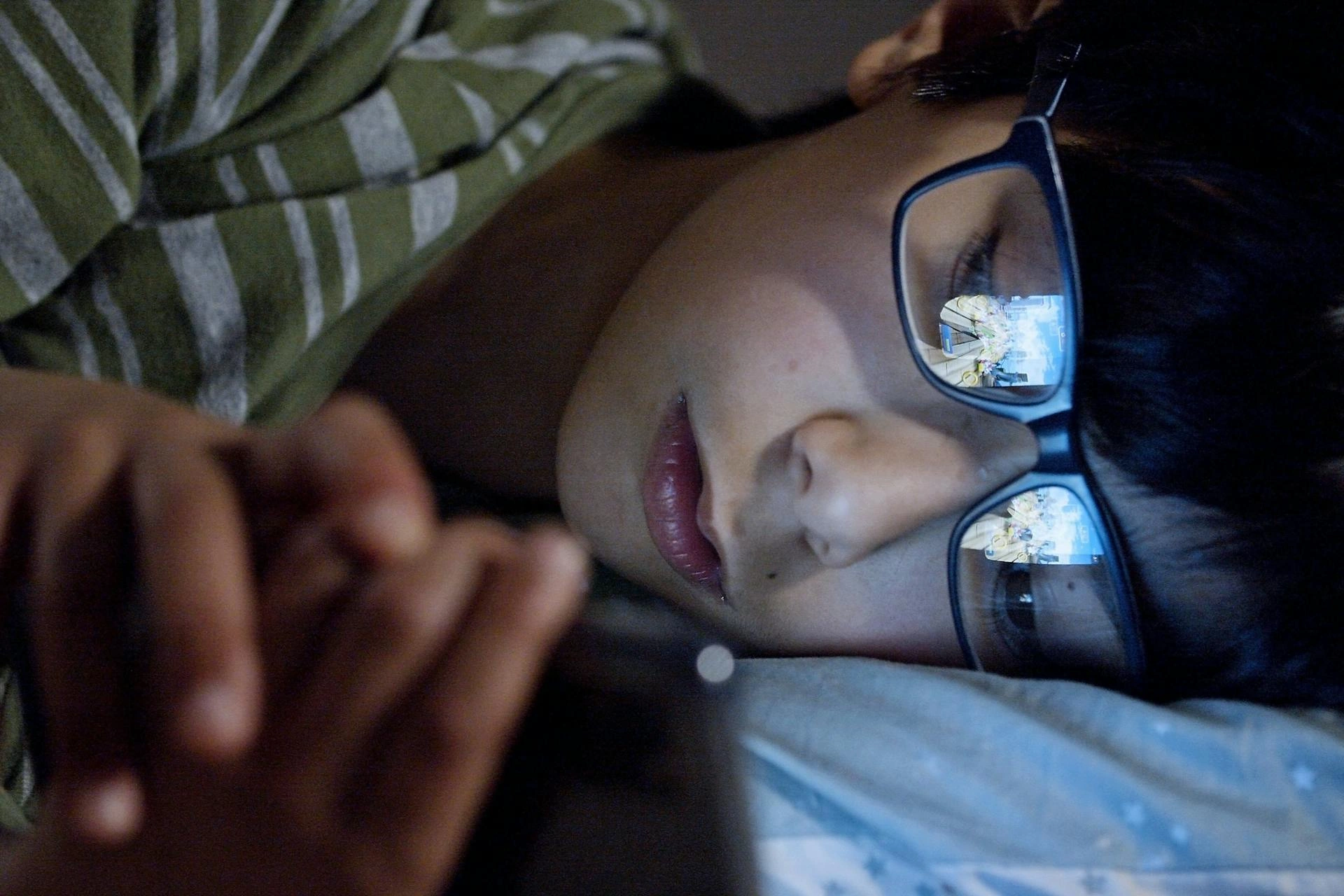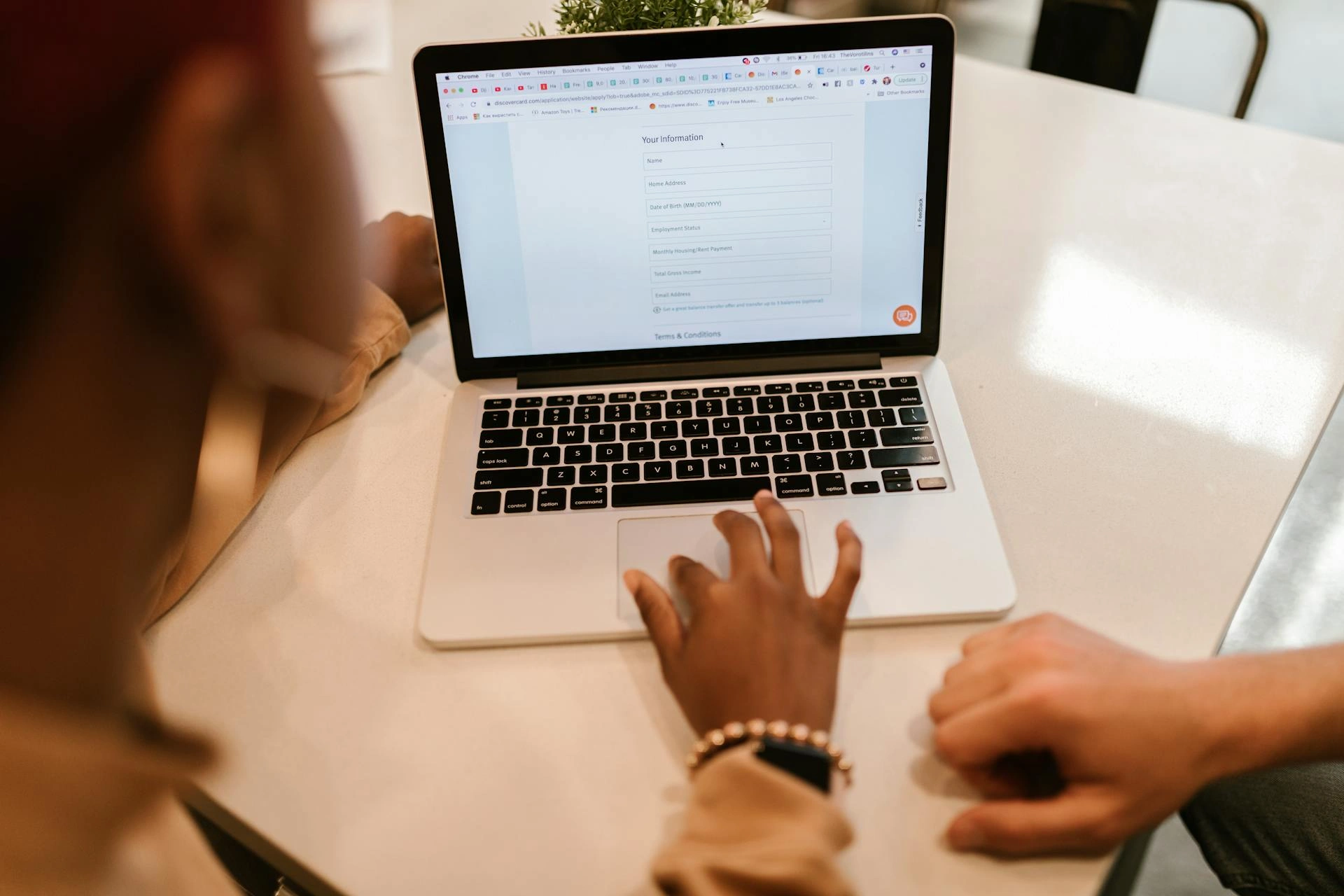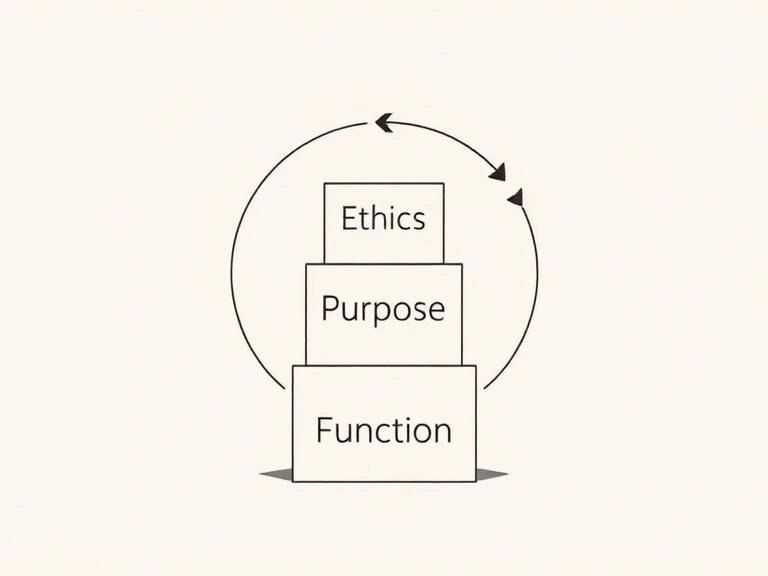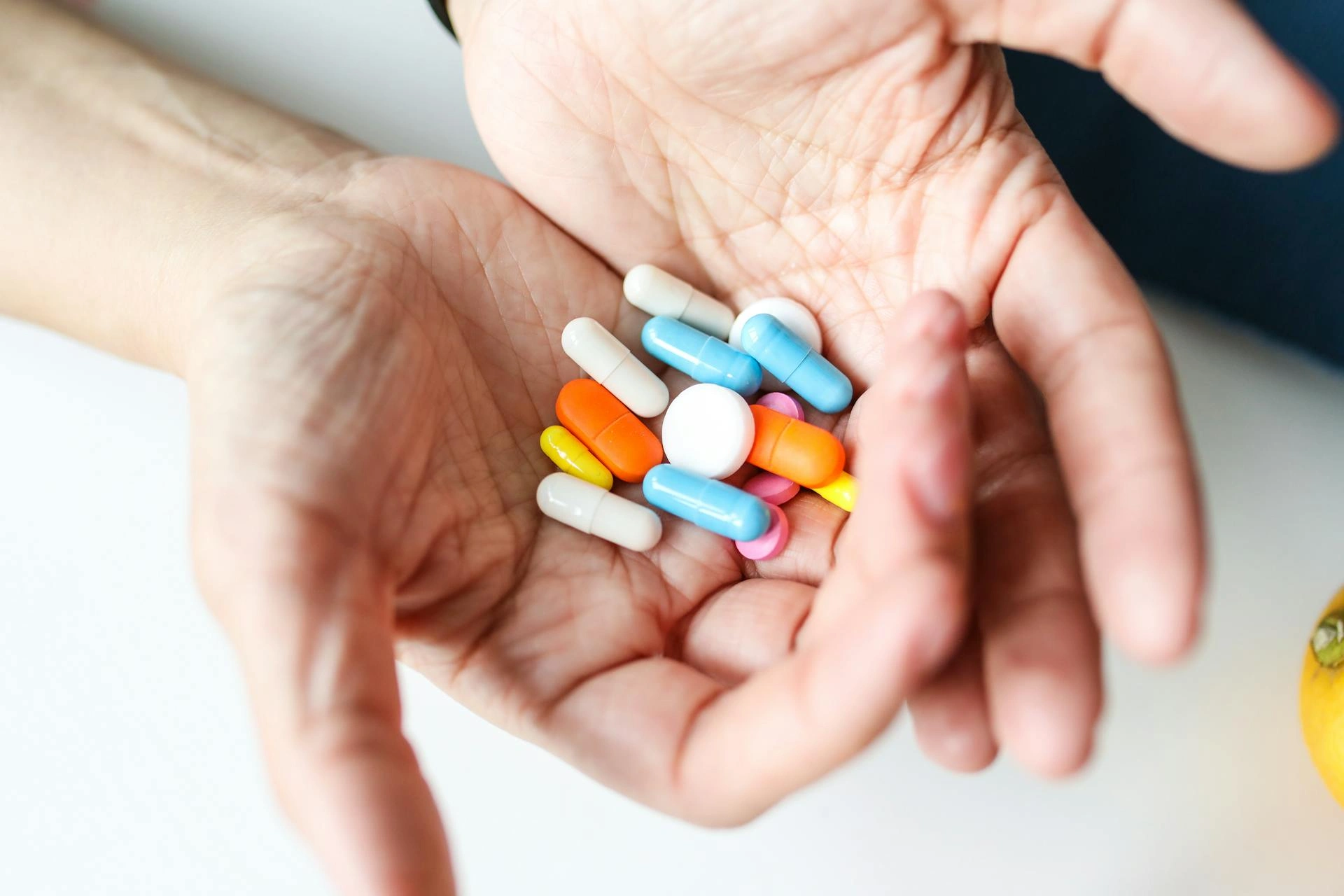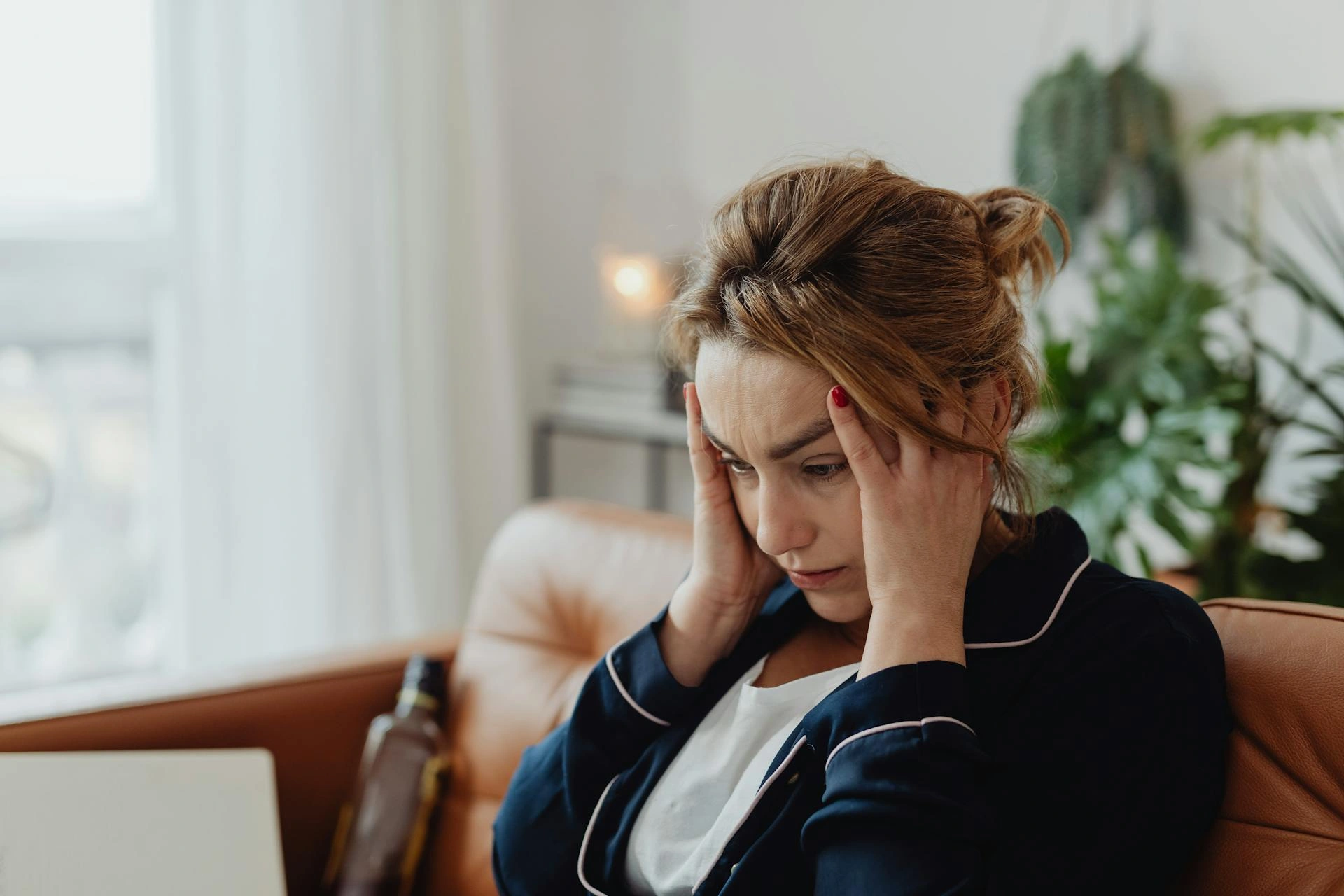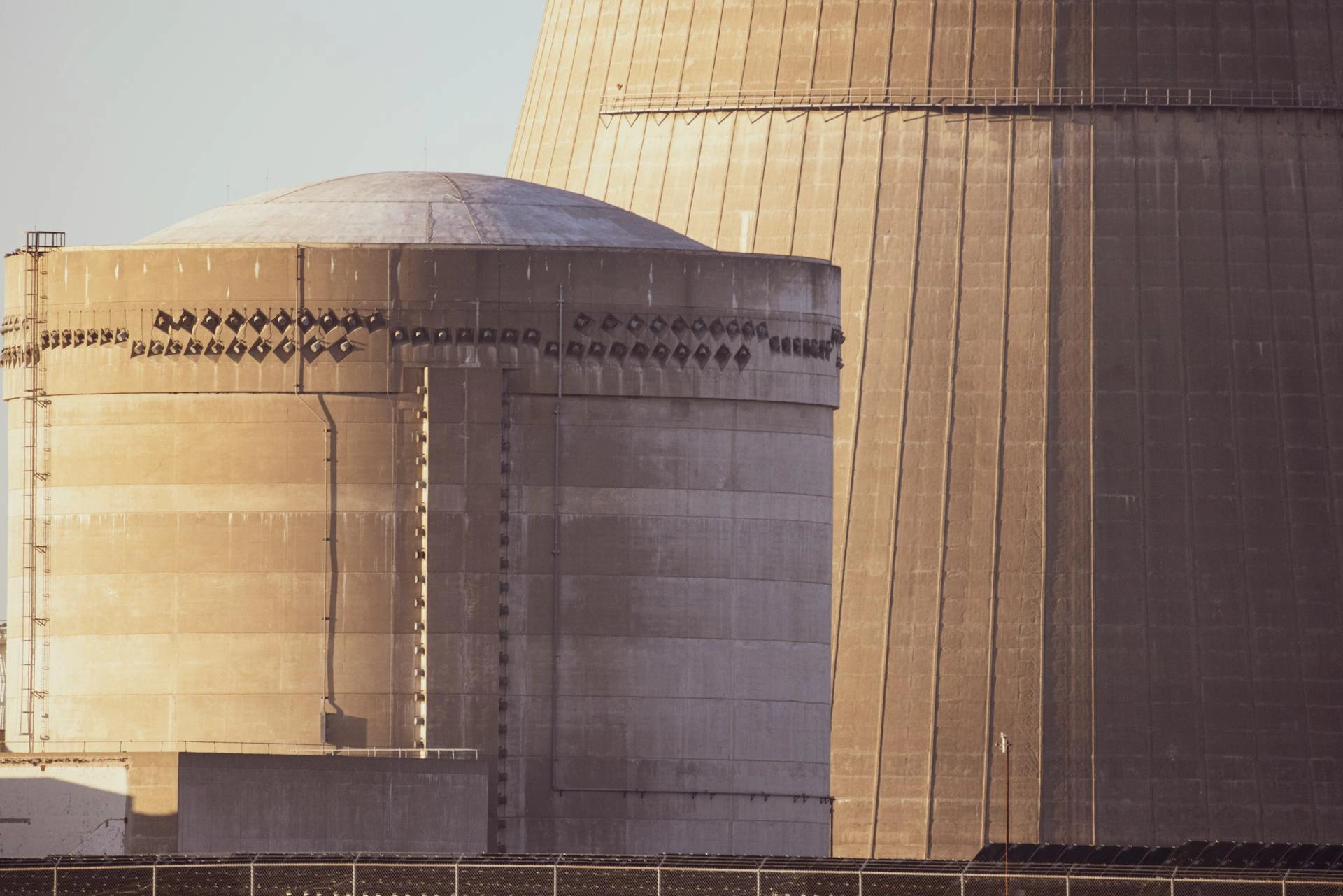On The Line: Women’s Safety Goes Beyond Phones

John E. Kaye
- Published
- Opinion & Analysis

Saoirse Ronan’s comment on The Graham Norton Show about women needing to think of their phone as a weapon sparked a viral conversation about women’s safety. But with rising rates of violence against women, the real call for action lies in economic empowerment and equal career opportunities, writes Ivy Lewis
Saoirse Ronan has been in the news over the past week for her seemingly groundbreaking comment on The Graham Norton Show about women having to think of using their phone as a weapon. For those who missed it, the Irish actress appeared on the BBC1 talk show alongside actors Paul Mescal, Eddie Redmayne and Denzel Washington. Redmayne explained he had been taught how to use a phone as a weapon while training for his role as an assassin in The Day of the Jackal. In response, Mescal questioned whether anyone would realistically have time to take their phone out when being attacked. “That’s what girls have to think about all the time,” Ronan said to the group of men before she turned to the crowd and asked, “Am I right, ladies?”
It prompted applause from the studio audience, while a clip of her exchange went viral on social media, gaining support from women around the world.
Ronan later said the reaction had been “wild” and that the moment was “opening a conversation”.
But it’s unclear to me why this is news. Is it not basic common sense?
According to recent figures by the National Police Chiefs’ Council (NPCC), 2million women are estimated to be victims of violence perpetrated by men each year.
Crimes including stalking, harassment, sexual assault and domestic violence affect one in 12 women in England and Wales, with the number of recorded offences growing by 37% in the past five years and the perpetrators getting younger.
The epidemic is so serious that it amounts to a “national emergency”, police chiefs warned.
Ronan was right that her comment has started a conversation – it has. But the talking point shouldn’t be about teaching women to fight. To protect women from violence, and most especially domestic violence, we must turn the conversation to the socio-economic factors that trap many in dangerous situations in the first place.
Take porn star Lily Phillips, for example. She made headlines after having sex with 101 men in 24 hours. While it’s her body and her choice, what message does this send to young women? That it’s economically viable to profit from your body and looks? Lily probably earns more in a day from her OnlyFans account than the average working-class woman earns in a month. And that’s part of the issue.
The biggest threat to women’s safety is not gender or the presence of transgender individuals in shared spaces. The real threat is an economic system that pushes women into situations where they feel their only option is to sell their body for financial gain. Women working long hours in low-paying jobs don’t have the luxury of taking a licensed cab home at night because it’s too expensive. Policies like those from Conservative leader Kemi Badenoch, which undermine maternity pay, help keep women financially vulnerable and stuck in dangerous relationships.
“Pregnant, then screwed” is not just a campaign slogan; it’s a harsh reality for many. Despite the progress women have made in Europe—voting, driving, owning property—our socio-economic climate still values women for their appearance and the relationships they can secure, rather than their talents or potential. That needs to change.
As a woman who served in the military, I was the only female to pass basic training in my cohort. I underwent the same physical training as the men, carried a rifle, and experienced the same challenges without feeling unsafe. I trained in martial arts with firefighters, shared changing rooms, and slept on the floor in the same dojo, never once feeling unsafe. But I also come from a working-class background.
As a 19-year-old student, I worked in deprived areas of London as part of a charity project, often walking alone in unsafe neighbourhoods. Why? Because I needed the money. Later, I worked late shifts at a pub, walking home alone in the dark. Again, it was because I needed the money. As a disabled adult, I can only work part-time, relying on my husband’s income, which, in my case, is fine because I’m loved and safe. But for a woman in an abusive relationship, that’s a different story.
The gender pay gap is currently 30%. While part of this is due to women taking time off to have children, this is a significant part of the problem. To make the UK safer for women, we need to support them not just in their roles as mothers and wives, but by opening up better career opportunities, especially for those from working-class backgrounds.
In practical terms, this means ensuring women have the financial independence to leave abusive partners, and providing financial support through government or employer-funded safeguards for those who are out of work, such as those on maternity leave. Women need to be able to support themselves, afford to live alone, and not be forced to stay in dangerous situations or live in unsafe shared housing. Work in an office, shop, or school should be a more financially stable and appealing option than turning to platforms like OnlyFans or trading on their looks for fame.
Women’s safety is ultimately tied to their financial security—not their ability to use a phone as a weapon. At £12.21 an hour, most women can barely cover their basic expenses, let alone afford the latest iPhone.
Main image: Courtesy Jack Sparrow/Pexels
Sign up to The European Newsletter
RECENT ARTICLES
-
 The digital euro is coming — and Europe should be afraid of what comes with it
The digital euro is coming — and Europe should be afraid of what comes with it -
 Why Greece’s recovery depends on deeper EU economic integration
Why Greece’s recovery depends on deeper EU economic integration -
 Why social media bans won’t save our kids
Why social media bans won’t save our kids -
 This one digital glitch is pushing disabled people to breaking point
This one digital glitch is pushing disabled people to breaking point -
 Japan’s heavy metal-loving Prime Minister is redefining what power looks like
Japan’s heavy metal-loving Prime Minister is redefining what power looks like -
 Why every system fails without a moral baseline
Why every system fails without a moral baseline -
 The many lives of Professor Michael Atar
The many lives of Professor Michael Atar -
 Britain is finally having its nuclear moment - and it’s about time
Britain is finally having its nuclear moment - and it’s about time -
 Forget ‘quality time’ — this is what children will actually remember
Forget ‘quality time’ — this is what children will actually remember -
 Shelf-made men: why publishing still favours the well-connected
Shelf-made men: why publishing still favours the well-connected -
 European investors with $4tn AUM set their sights on disrupting America’s tech dominance
European investors with $4tn AUM set their sights on disrupting America’s tech dominance -
 Rachel Reeves’ budget was sold as 'fair' — but disabled people will pay the price
Rachel Reeves’ budget was sold as 'fair' — but disabled people will pay the price -
 Billionaires are seizing control of human lifespan...and no one is regulating them
Billionaires are seizing control of human lifespan...and no one is regulating them -
 Africa’s overlooked advantage — and the funding gap that’s holding it back
Africa’s overlooked advantage — and the funding gap that’s holding it back -
 Will the EU’s new policy slow down the flow of cheap Chinese parcels?
Will the EU’s new policy slow down the flow of cheap Chinese parcels? -
 Why trust in everyday organisations is collapsing — and what can fix it
Why trust in everyday organisations is collapsing — and what can fix it -
 In defence of a consumer-led economy
In defence of a consumer-led economy -
 Why the $5B Trump–BBC fallout is the reckoning the British media has been dodging
Why the $5B Trump–BBC fallout is the reckoning the British media has been dodging -
 WPSL Group unveils £1billion blueprint to build a global golf ‘super-group’
WPSL Group unveils £1billion blueprint to build a global golf ‘super-group’ -
 Facebook’s job ads ruling opens a new era of accountability for artificial intelligence
Facebook’s job ads ruling opens a new era of accountability for artificial intelligence -
 Robots can’t care — and believing they can will break our health system
Robots can’t care — and believing they can will break our health system -
 The politics of taxation — and the price we’ll pay for it
The politics of taxation — and the price we’ll pay for it -
 Italy’s nuclear return marks a victory for reason over fear
Italy’s nuclear return marks a victory for reason over fear -
 The Mamdani experiment: can socialism really work in New York?
The Mamdani experiment: can socialism really work in New York? -
 Drowning in silence: why celebrity inaction can cost lives
Drowning in silence: why celebrity inaction can cost lives



